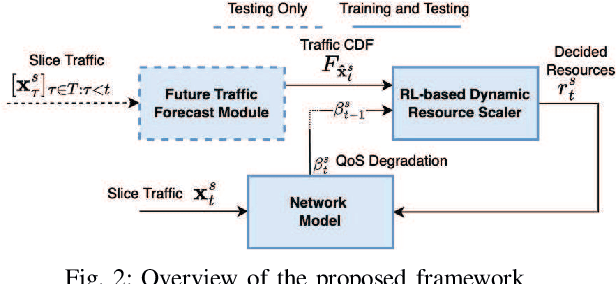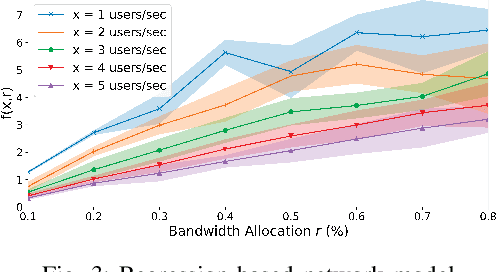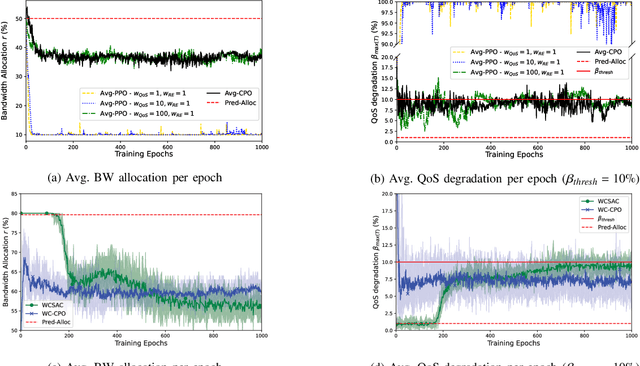Muhammad Sulaiman
Precision in Building Extraction: Comparing Shallow and Deep Models using LiDAR Data
Sep 21, 2023



Abstract:Building segmentation is essential in infrastructure development, population management, and geological observations. This article targets shallow models due to their interpretable nature to assess the presence of LiDAR data for supervised segmentation. The benchmark data used in this article are published in NORA MapAI competition for deep learning model. Shallow models are compared with deep learning models based on Intersection over Union (IoU) and Boundary Intersection over Union (BIoU). In the proposed work, boundary masks from the original mask are generated to improve the BIoU score, which relates to building shapes' borderline. The influence of LiDAR data is tested by training the model with only aerial images in task 1 and a combination of aerial and LiDAR data in task 2 and then compared. shallow models outperform deep learning models in IoU by 8% using aerial images (task 1) only and 2% in combined aerial images and LiDAR data (task 2). In contrast, deep learning models show better performance on BIoU scores. Boundary masks improve BIoU scores by 4% in both tasks. Light Gradient-Boosting Machine (LightGBM) performs better than RF and Extreme Gradient Boosting (XGBoost).
Generalizable Resource Scaling of 5G Slices using Constrained Reinforcement Learning
Jun 15, 2023



Abstract:Network slicing is a key enabler for 5G to support various applications. Slices requested by service providers (SPs) have heterogeneous quality of service (QoS) requirements, such as latency, throughput, and jitter. It is imperative that the 5G infrastructure provider (InP) allocates the right amount of resources depending on the slice's traffic, such that the specified QoS levels are maintained during the slice's lifetime while maximizing resource efficiency. However, there is a non-trivial relationship between the QoS and resource allocation. In this paper, this relationship is learned using a regression-based model. We also leverage a risk-constrained reinforcement learning agent that is trained offline using this model and domain randomization for dynamically scaling slice resources while maintaining the desired QoS level. Our novel approach reduces the effects of network modeling errors since it is model-free and does not require QoS metrics to be mathematically formulated in terms of traffic. In addition, it provides robustness against uncertain network conditions, generalizes to different real-world traffic patterns, and caters to various QoS metrics. The results show that the state-of-the-art approaches can lead to QoS degradation as high as 44.5% when tested on previously unseen traffic. On the other hand, our approach maintains the QoS degradation below a preset 10% threshold on such traffic, while minimizing the allocated resources. Additionally, we demonstrate that the proposed approach is robust against varying network conditions and inaccurate traffic predictions.
 Add to Chrome
Add to Chrome Add to Firefox
Add to Firefox Add to Edge
Add to Edge